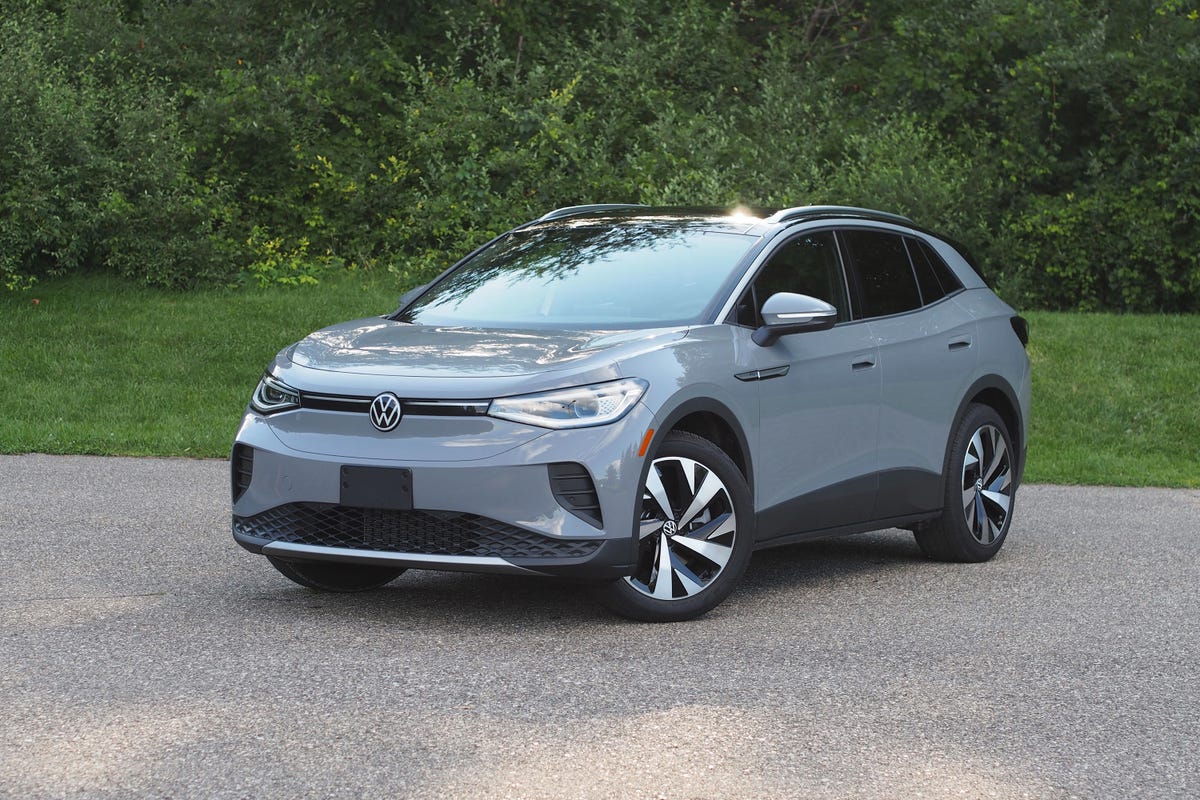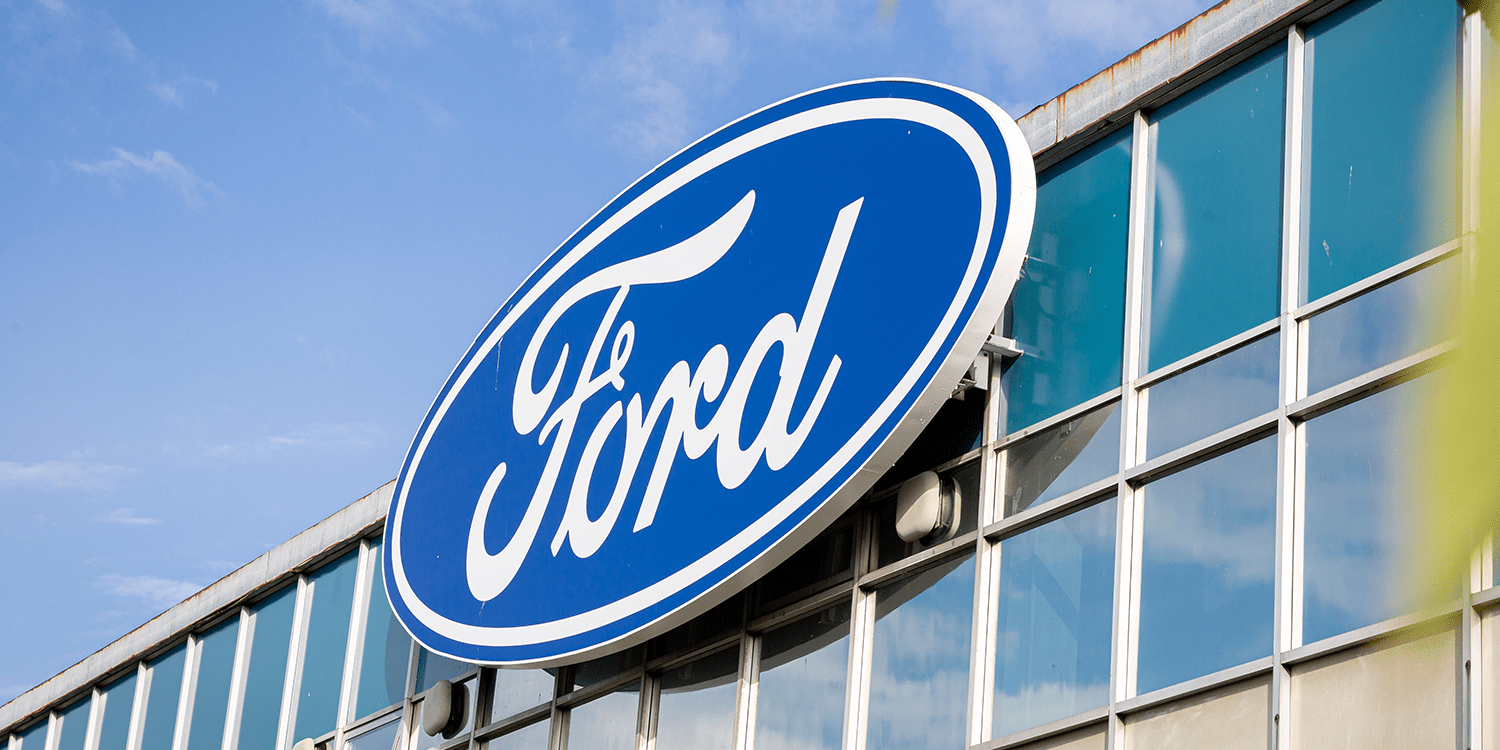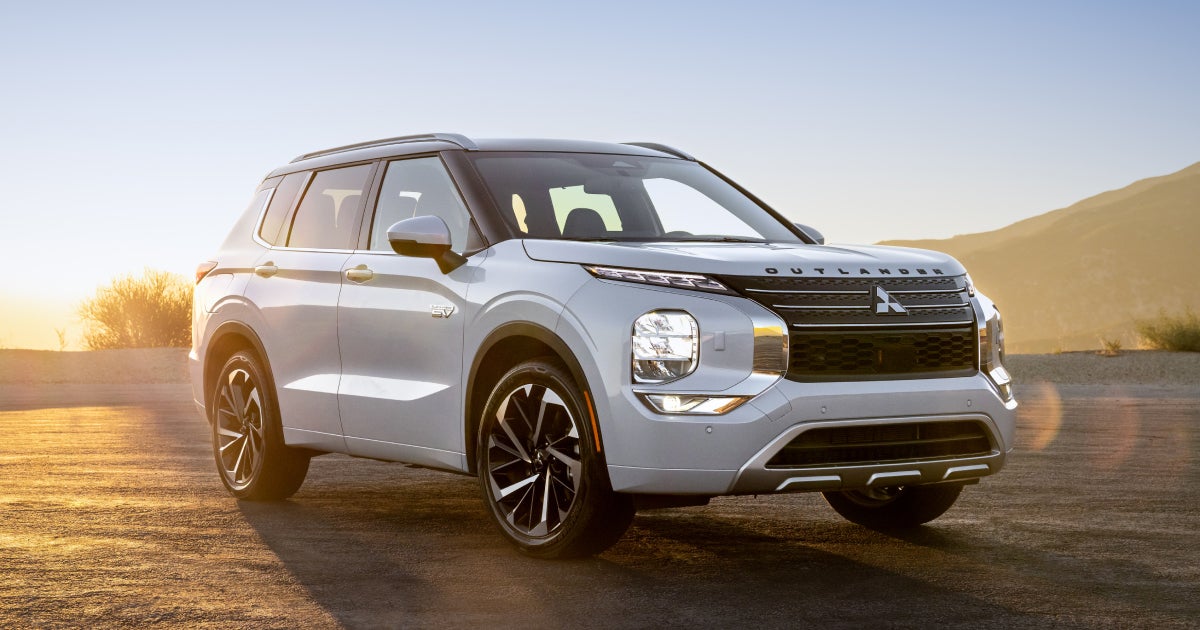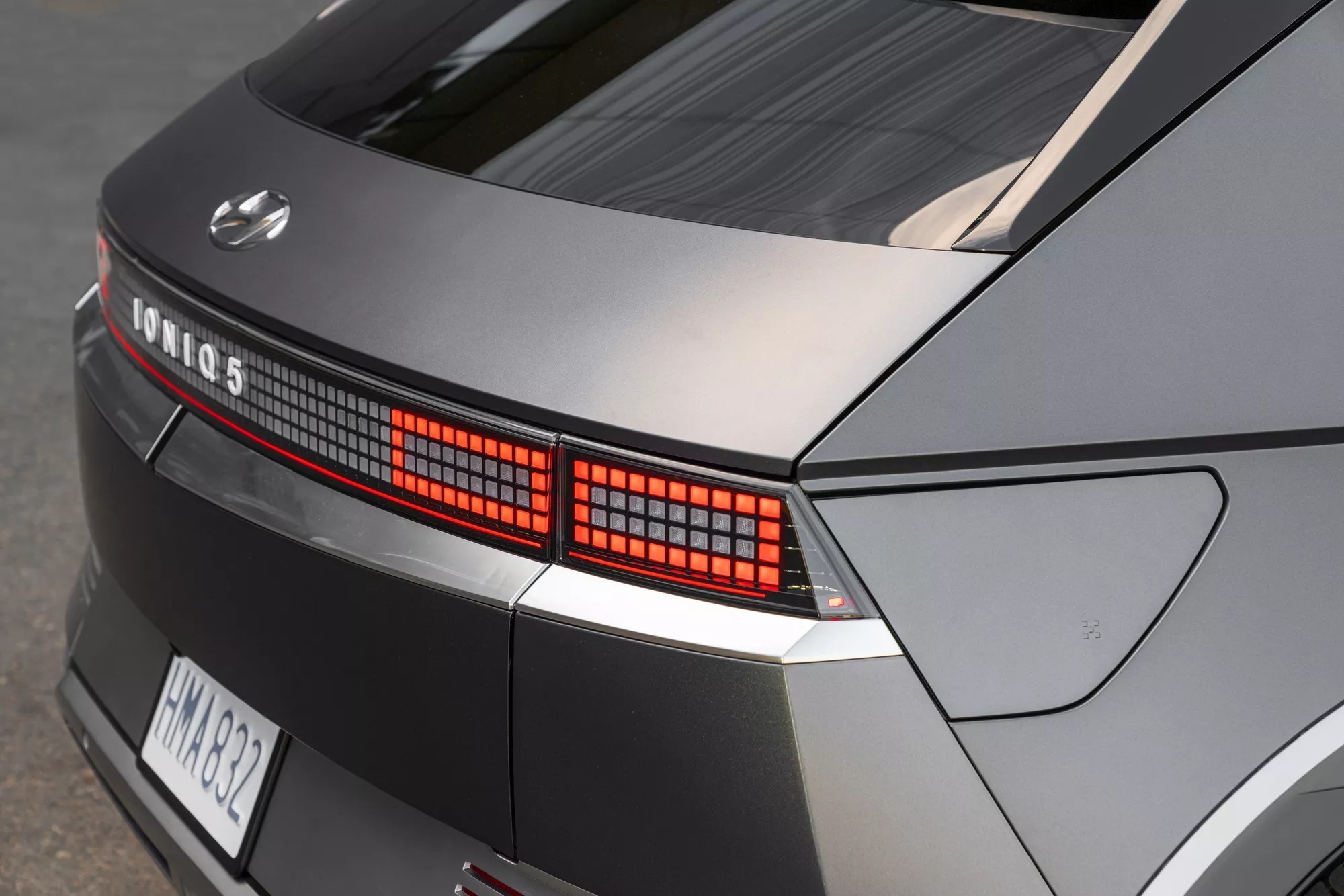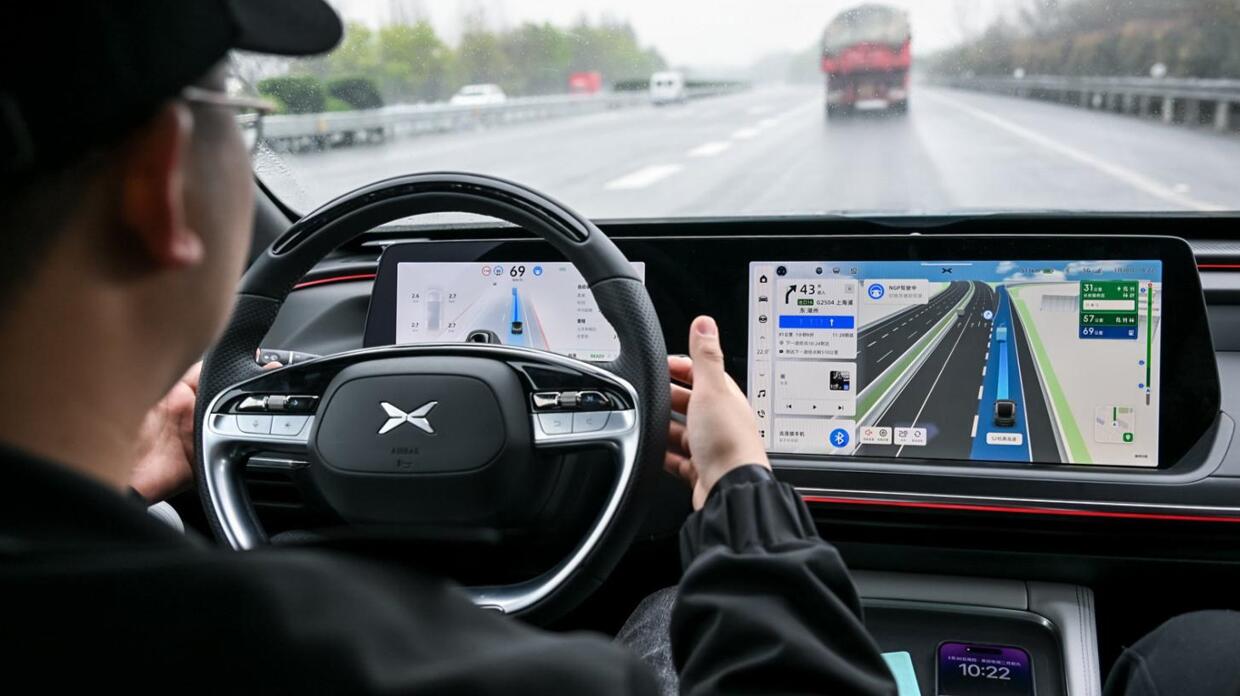As the automotive industry becomes increasingly digitized, concerns about cybersecurity are on the rise. In a new report by Omdia, author Hollie Hennessy notes that with the rise of connectivity in cars, the industry now faces increased risk of vulnerability from bad actors.
In the past few years, cars have evolved from being a mode of transportation to providing entire experiences. Today, automakers are equipping vehicles with a range of digital tools, including in-car gaming and entertainment, and autonomous navigation and driving capabilities. However, with the rise of digitization comes the increased risk of cyber attacks.
“The digitization of the industry pulls automotive manufacturers and their suppliers into the realm of cybersecurity,” said Hennessy. “Once primarily concerned with safety and physical malfunctions, now the automotive industry needs to contend with cybersecurity considerations on top of this.”
Automotive cybersecurity vulnerabilities can range from hardware and software weaknesses to connected third-party devices and infotainment systems. For instance, in 2015, researchers were able to hack into a Jeep using the WiFi system and control everything from the radio station to the volume, and even track the car using its GPS navigation system.
“Further technological developments in the automotive space will again demand an increased focus on cybersecurity,” said Hennessy. “V2X (vehicle-to-everything) technology is developing and is likely to be deployed in the next couple of years. From a security perspective, this throws even more data into the mix to be handled by vehicles, as well as widening the attack landscape.”
The need for cybersecurity innovations and regulatory changes are necessary to accommodate the digital era. While there have been significant developments in industry regulations and standardization, gaps remain in the regulatory landscape. According to Hennessy, cybersecurity needs to be factored in throughout the development, production, and post-production phases of a car.
“In the automotive sector, cybersecurity needs to be factored in now, throughout development, production and post-production phases of the car. Connectivity and a technology shift towards software-defined vehicles will require a DevSecOps approach and continual monitoring and management.”
The market for automotive cybersecurity solutions and tooling is growing, and emerging tools include solutions for embedded security, visibility, detection, and response at every stage of the supply chain. With vehicle capabilities as a continually developing market, cybersecurity can similarly be expected to adapt to address new vulnerabilities as they arise.
As the industry continues to shift towards digitization, it is critical for automakers to prioritize cybersecurity in their processes to ensure the safety of their customers and the protection of their data. In the words of Hollie Hennessy, “Across the supply chain, assurances need to be in place to confirm cybersecurity has been considered and best practices implemented.”


